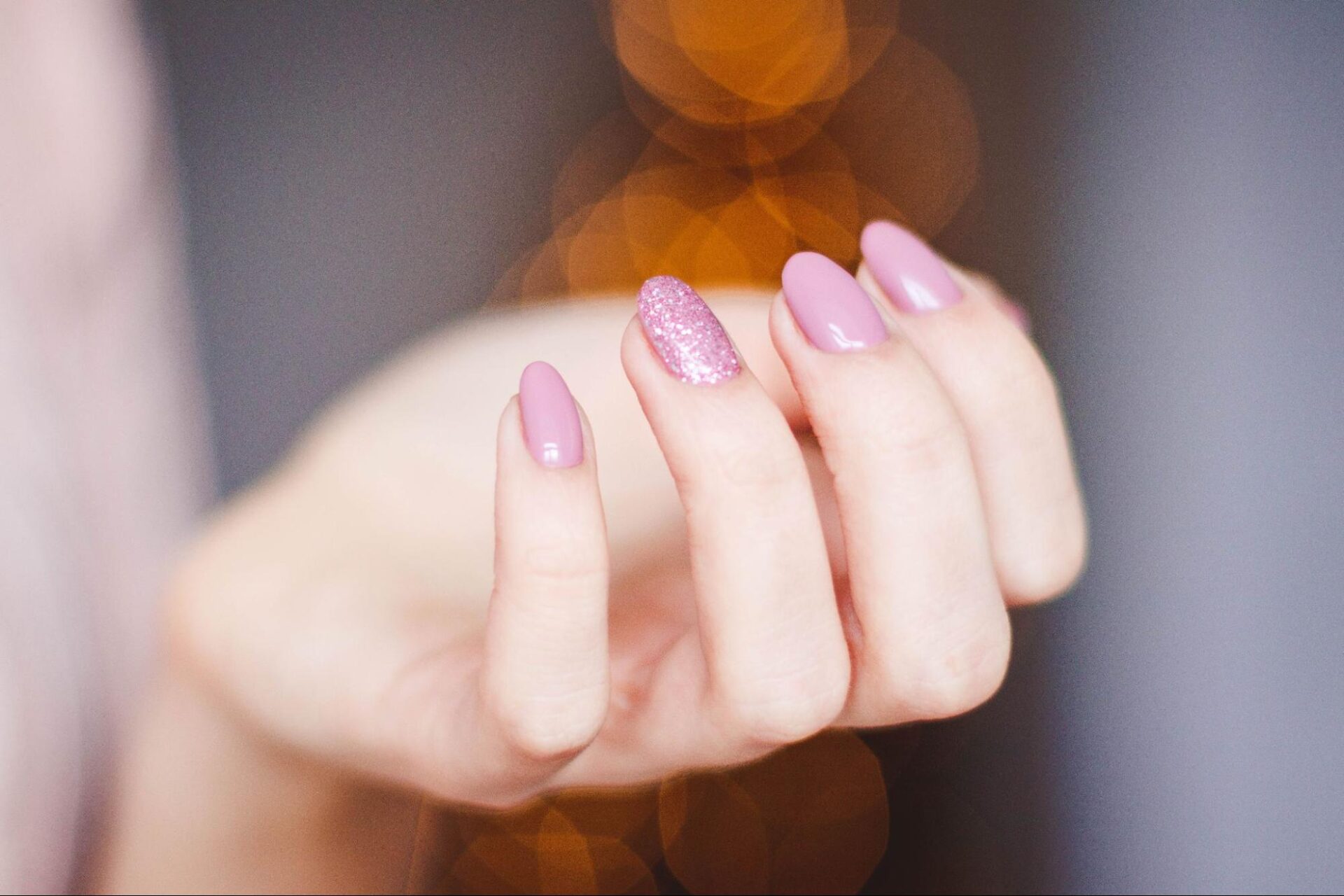What Does It Mean When A Cat Nudges Your Hand
Curious about what it means when your feline friend nudges your hand? Wondering if there are any health benefits associated with this behavior? Let’s delve into the fascinating world of cat communication and explore the potential significance behind those gentle paw taps.
When a cat nudges your hand, it’s often a sign of affection and trust. This behavior, known as “head bunting,” involves a cat rubbing their scent glands located on their face against you. By doing so, they are essentially marking you as part of their territory and showing that they feel comfortable in your presence.
Not only is head bunting a way for cats to express their love, but it may also have some surprising health benefits for both parties involved. Research suggests that interactions with cats can lower stress levels and contribute to overall well-being. The act of petting or simply being close to a purring kitty has been shown to release oxytocin, also known as the “love hormone,” which can promote relaxation and reduce anxiety.
So next time your furry companion gives your hand a little nudge, embrace the moment of connection and appreciate the potential positive impact it can have on both you and your beloved pet.
Understanding Cat Behavior
When it comes to deciphering the mysterious world of cat behavior, there are a few key insights that can help shed light on what it means when a cat nudges your hand. Cats have unique ways of communicating with us, and these behaviors often carry hidden meanings. Let’s explore some common reasons behind this feline gesture and whether there are any health benefits associated with it.
- Affection and Attention Seeking: One possible explanation for a cat nudging your hand is their way of showing affection and seeking attention. By gently bumping or rubbing their head against your hand, they may be expressing their desire for physical contact and interaction. It’s their subtle way of saying, “Hey, I’m here! Give me some love!”
- Scent Marking: Cats have scent glands located on various parts of their body, including their faces. When a cat nudges your hand, they may be leaving their scent as a form of marking territory or establishing familiarity. This behavior is particularly common among cats who consider you as part of their social group.
- Social Bonding: Nudging can also be seen as an act of social bonding between cats and humans. Just like how cats groom each other to strengthen social connections within their feline community, nudging your hand can serve as a similar bonding mechanism between you and your furry friend.
- Health Benefits (Indirect): While there aren’t any direct health benefits associated with a cat nudging your hand, the act itself can indirectly contribute to both physical and mental well-being for both parties involved. Interacting with cats has been shown to reduce stress levels in humans and promote relaxation. Additionally, engaging in positive interactions with our feline companions can enhance our overall emotional state by providing comfort and companionship.
It’s important to remember that every cat is unique, so individual interpretations may vary based on the specific context and relationship dynamics between you and your cat. Paying attention to their body language, vocalizations, and overall behavior can provide further insights into their intentions.

Interpreting a Cat’s Body Language
Understanding a cat’s body language is essential for deciphering their intentions and emotions. Cats communicate primarily through non-verbal cues, such as tail movements, ear positions, and facial expressions. By observing these signals, we can gain valuable insights into what our feline friends are trying to convey.
Here are some key aspects of a cat’s body language to consider:
- Tail Position: A cat’s tail can reveal a lot about its mood. When a cat holds its tail upright with a slight curve at the end, it generally signifies contentment and friendliness. On the other hand, if the tail is tucked tightly between the legs, it suggests fear or anxiety.
- Ear Orientation: The position of a cat’s ears can indicate whether they are feeling relaxed or agitated. When their ears are forward-facing and slightly tilted to the sides, it typically means they’re in an alert but calm state. Conversely, flattened or backward-facing ears may indicate aggression or fear.
- Eye Contact: Direct eye contact from a cat can have different meanings depending on the situation. Dilated pupils often suggest excitement or fear, while narrowed pupils could indicate aggression or annoyance. If your cat blinks slowly while maintaining eye contact with you, it signifies trust and affection.
- Body Posture: Pay attention to your cat’s overall body posture when interpreting their behavior. A relaxed and loose stance usually shows that they feel comfortable in their environment. Conversely, an arched back with fur standing on end (known as piloerection) indicates agitation or threat response.
- Vocalizations: While not strictly body language, vocalizations also play a role in understanding cats’ communication patterns. Meowing can be a way for cats to seek attention or express hunger, whereas growling or hissing often signal aggression or discomfort.


